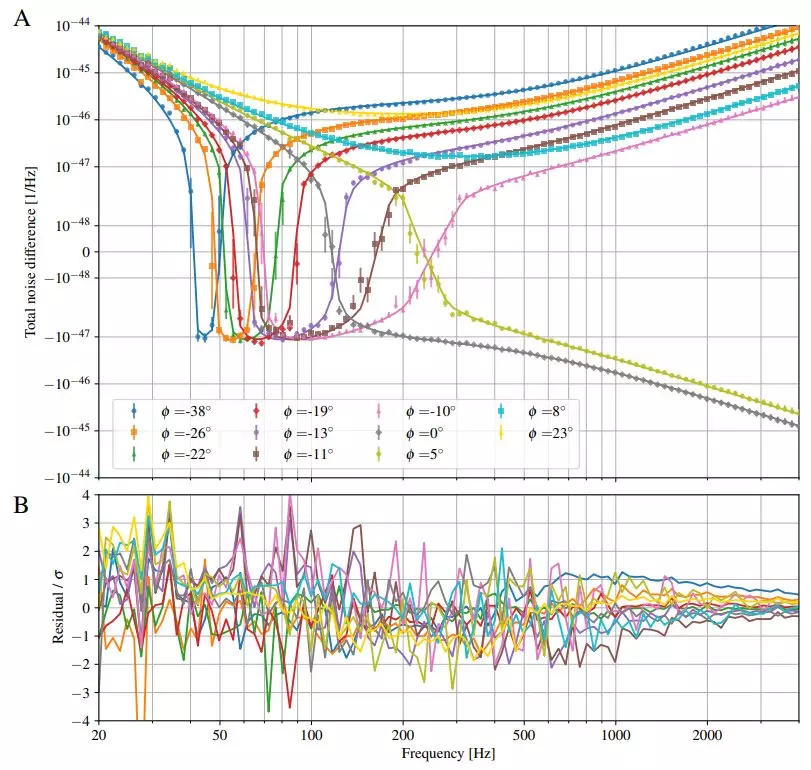The Laser Interferometer Gravitational-Wave Observatory (LIGO) has long been at the forefront of astrophysical research, carrying out groundbreaking work in the detection of gravitational waves. A recent collaborative effort by LIGO researchers has led to significant advancements in their detection capabilities. By implementing a cutting-edge squeezed light system, they have managed to mitigate quantum noise, ultimately increasing sensitivity and enabling the observatory to detect a greater number of gravitational waves than ever before.
Gravitational waves are ripples in space-time caused by cataclysmic events in the universe, such as the collision of massive celestial bodies. The pioneering work conducted at LIGO confirmed Einstein’s century-old predictions about these phenomena when they first detected gravitational waves back in 2015. The mechanism LIGO employs involves splitting a laser beam that travels through two perpendicular tunnels, with mirrors reflecting the beams back to a central point. Small variations in the travel time of these beams can indicate the presence of gravitational waves, signifying distortions in space-time.
Despite the impressive achievements, LIGO has continually grappled with the challenges posed by quantum noise. This noise manifests as fluctuations in laser light, interfering with the detection of genuine gravitational waves. Recognizing the impact of this issue, the LIGO team has been dedicated to fine-tuning their equipment, seeking to filter out this extraneous flickering without compromising the accuracy of their measurements.
In their latest endeavor, researchers introduced a specially crafted crystal into the LIGO setup. This crystal works in tandem with newly designed mirrors and lenses to manipulate the quantum state of the light. By “squeezing” the light, the team successfully reduced the unwanted flickering that had previously hindered their detection efforts. Innovations like these exemplify the ongoing evolution of technologies to enhance scientific inquiry in astrophysics.
The results of these modifications were exceptionally promising, demonstrating a remarkable doubling in the gravitational wave detections. Initially focused on high-frequency waves, further adjustments enabled the team to identify additional signals at lower frequencies. This expanded capability allows scientists to probe deeper into the cosmos, unlocking the potential for new discoveries related to black hole mergers and other cosmic events from epochs long past.
This advancement places LIGO in a compelling position for future research endeavors. Improved detection sensitivity could facilitate a deeper exploration of the universe, including phenomena associated with the formation of the first stars. As researchers gain access to more comprehensive data on gravitational waves, the implications for theoretical astrophysics and our understanding of the cosmos could be transformative.
LIGO’s commitment to innovation in gravitational wave detection underscores the importance of scientific collaboration and technological advancement. The recent strides made with the squeezed light system not only enhance current capabilities but also pave the way for discoveries that could fundamentally alter our understanding of the universe. As ventures like this continue to unfold, one can only imagine the mysteries that await discovery in the vast expanse of space-time.


Leave a Reply